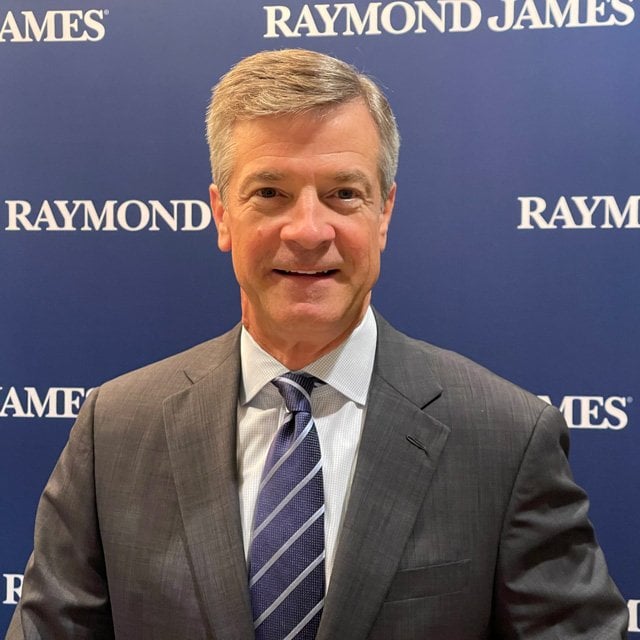Raymond James Targets $2T in Assets

What You Need to Know
Firm leaders say Raymond James will not be fundamentally changing its approach to the business anytime soon.
No plans for a direct-to-consumer business are in the works, but advisor-tech improvements are a central focus.
The technology budget will grow from $500 million to $700 million this year.
After topping about $1 trillion in assets under administration on Dec. 31, Raymond James is now targeting the $2 trillion milestone for its advisors — a goal it hopes to reach by 2030.
This plan was explained Monday by Scott Curtis, president of the Private Client Group, during the opening session of the firm’s 2023 Elevate Conference in Orlando, which is bringing together several thousand independent representatives this week.
During the presentation, Curtis highlighted the opportunities and challenges facing the business amid a shifting economy and rapidly changing advisory landscape. He also affirmed that Raymond James is not looking to make any major changes to its approach to the advisory business.
Curtis was particularly emphatic that Raymond James won’t be developing a direct-to-consumer business model to accelerate or mitigate the cost of growth. He also noted that the firm is aggressively pushing back against the Department of Labor’s proposed rules that would change the way firms classify independent contractors versus employees.
“We aren’t going to be changing our approach to reach this ambitious milestone,” Curtis said. “Nobody on the executive leadership team believes we should back away from our multi-affiliation model. We believe we can hit $2 trillion in AUA by attracting, enabling and digitally empowering advisors across our affiliation models.”
The firm’s Private Client Group included nearly 8,700 advisors as of Dec. 31, roughly 5,070 of whom are independent advisors and about 3,630 of whom are employees.
Roughly 57% of the group’s assets under advisement are now being served via a fee-based arrangement.
Slightly over half of its overall asset growth over the past few years has come from market appreciation, Curtis said, while the remaining 40% has come from acquisitions and recruiting. About 6% of the recent jump in assets has come from organic growth.




